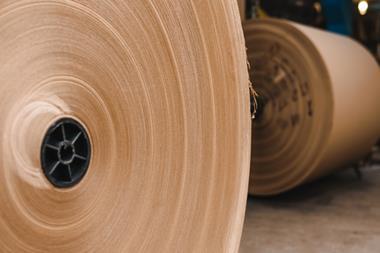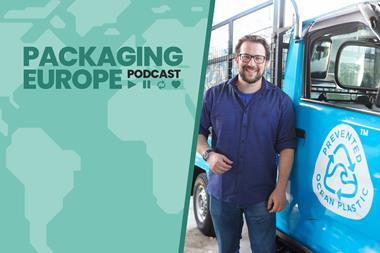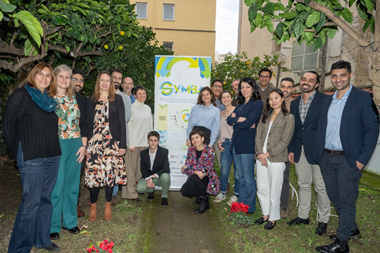
BASF and the Swedish packaging material manufacturer BillerudKorsnäs have jointly developed a new home-compostable paper laminate for flexible packaging.
The solution can be used to produce wraps with individually adjusted barrier properties e.g. for cookies, ice cream, cereal bars, and dairy items as well as wrappers for fish, meat, and cheese freshly sold in supermarkets.
The multi-layer laminate consists of three basic components: BillerudKorsnäs‘ paper ConFlex Silk, a sealing layer made of BASF’s certified home compostable and partly bio-based biopolymer ecovio, and BASF’s water-based adhesive Epotal Eco 3675 X. All components are reportedly certified home-compostable according to official European certification schemes for home-composting.
According to the companies, their new laminate has the same performance features as conventional multi-layer packaging: “It is puncture resistant, shows a good printability, excellent heat-seal properties and can be processed on standard packaging machines.”
“We wanted to create a paper-based laminate with good heat-seal properties by using certified home-compostable components only,” continues Amir Pourirani, head of global marketing Biopolymers at BASF.
“There is a huge trend in society, in some countries driven by legislation, to move from plastic to paper-based packaging. Moreover, currently available multi-layer flexible laminates are difficult to recycle but the technical need is still present. In BillerudKorsnäs we found the ideal partner to develop a home-compostable solution based on paper with a broader end-of-life option for packaging while maintaining the technical performance of traditional laminates.“
“With BASF’s certified home-compostable biopolymer and adhesive, we found the ideal components to take the next step towards another sustainable solution for flexible packaging in our portfolio,” adds Markus Saari, Business Development Manager at BillerudKorsnäs.
“Our joint development represents a shift to paper-based and compostable material in order to replace traditional laminates for food packaging - meeting hygiene and barrier requirements, maintaining form, and enabling many design possibilities just like conventional packaging but with the decisive added benefit that it is home-compostable.”










